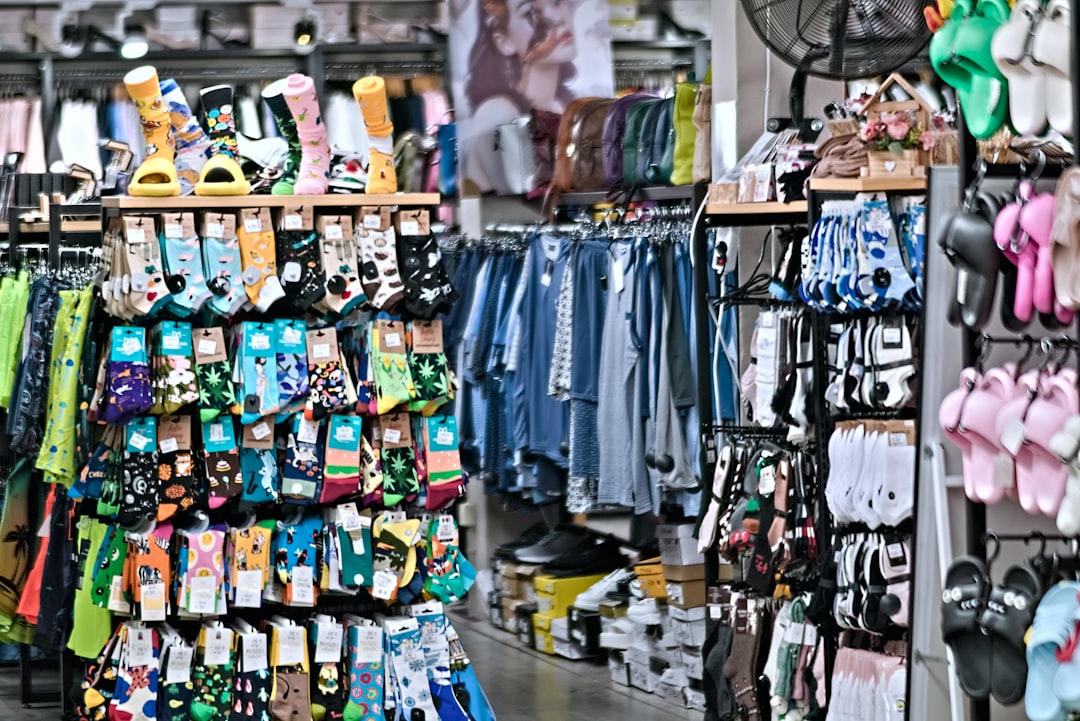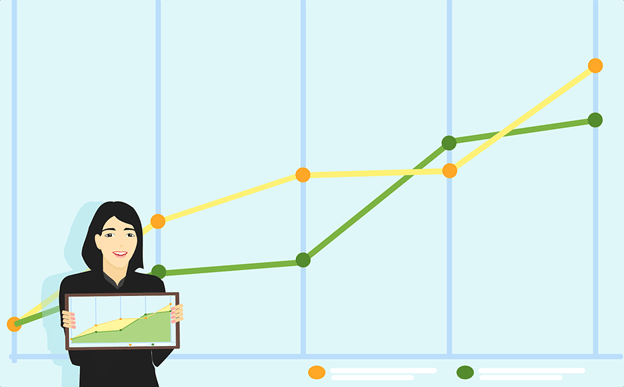In today’s competitive environment, leveraging data is no longer optional for retailers—it’s essential. As businesses strive to boost efficiency, optimize customer experiences, and enhance forecasting, retail analytics software takes center stage. Retail analytics tools help retailers understand customer behavior, track inventory, analyze sales trends, and drive smarter decisions across operations. Looking ahead to 2025, several software solutions are standing out as game-changers in the industry.
Contents
1. Microsoft Power BI
Best for Large Enterprises Seeking Customization
Microsoft Power BI remains a leading player in the retail analytics space thanks to its robust features and seamless integration within Microsoft’s ecosystem. With Power BI, retailers gain access to dynamic dashboards, AI-powered insights, and the ability to process massive datasets—ideal for large-scale operations.
- Real-time sales tracking
- Custom dashboards and reports
- Integration with Excel, Azure, and other tools
As 2025 approaches, Power BI’s capabilities continue to benefit retailers with significant data pools by turning big data into actionable strategies.

2. Tableau
Best for Visual Storytelling with Data
Tableau offers an unmatched level of visual analytics. It empowers retail managers and marketers to interpret complex data through intuitive, interactive dashboards. Known for making large datasets digestible, Tableau helps teams identify purchasing trends, product performance, and customer segments efficiently.
- Drag-and-drop functionality
- Highly interactive data visualization
- Strong community and third-party extension support
Retailers in 2025 who prioritize data storytelling and agility will find Tableau an ideal partner.
3. SAS Retail Analytics
Best for Predictive and Prescriptive Analytics
When it comes to future-focused AI and machine learning, SAS Retail Analytics excels. Its suite provides in-depth predictive analytics that can forecast demand, optimize pricing, and improve supply chain efficiency. This makes it particularly valuable for retailers managing complex inventories or multiple store locations.
- Advanced modeling and forecasting tools
- In-depth customer behavior analysis
- Omnichannel integration
Heading into 2025, SAS is recognized for its innovation in delivering prescriptive recommendations that reduce waste and increase profitability.

4. Looker (by Google Cloud)
Best for Integrated Cloud-Based Retail Analysis
Looker leverages its close integration with Google Cloud to offer seamless data exploration across systems. Looker’s modeling layer (LookML) allows teams to build reusable data logic, helping accelerate analytics with minimal engineering constraints. It’s a top choice for digital retailers focused on scalability and flexibility.
- Cloud-native and highly scalable
- Customizable and developer-friendly platform
- Integrated machine learning models
As retailers increasingly migrate to the cloud in 2025, Looker’s fusion of data governance and accessibility makes it a smart investment.
5. RetailNext
Best for Brick-and-Mortar Performance Insights
Unlike others on this list, RetailNext is uniquely tailored for in-store analytics, using sensors, video, and Wi-Fi tracking to provide physical retail insights. It delivers valuable data on customer movement, dwell time, and staff effectiveness—an essential tool for modernizing the in-store experience.
- Real-time foot traffic monitoring
- Heatmaps and shopper path tracking
- POS data integration
For retailers balancing e-commerce and physical stores in 2025, RetailNext bridges the data gap effectively.

Conclusion
As the shopping landscape evolves, so must the tools retailers use to stay competitive. Whether it’s through dynamic visuals, predictive algorithms, or real-time shopper insights, the right retail analytics software can be the key to staying ahead in 2025. Each of the five tools above excels in specific areas, and choosing the right one depends on business needs, size, and data maturity.
Frequently Asked Questions (FAQ)
What is retail analytics software?
Retail analytics software refers to tools that collect, analyze, and visualize data from retail operations to improve decision-making across inventory, pricing, marketing, and customer experience.
How does retail analytics benefit businesses?
It helps businesses identify sales trends, optimize inventory levels, improve customer targeting, forecast demand, and maximize ROI through data-driven strategies.
Can small retailers use retail analytics tools?
Yes, many analytics platforms like Power BI and Tableau offer scaled-down versions or pricing tiers suited for small businesses.
Is cloud-based retail analytics more secure?
Cloud-based analytics solutions often provide robust security features, including encryption and compliance with data regulations. However, security also depends on proper implementation and user practices.
Which retail analytics tool is easiest to use?
Tableau is often praised for its user-friendly interface, while Power BI also offers easy integrations with familiar Microsoft products.

